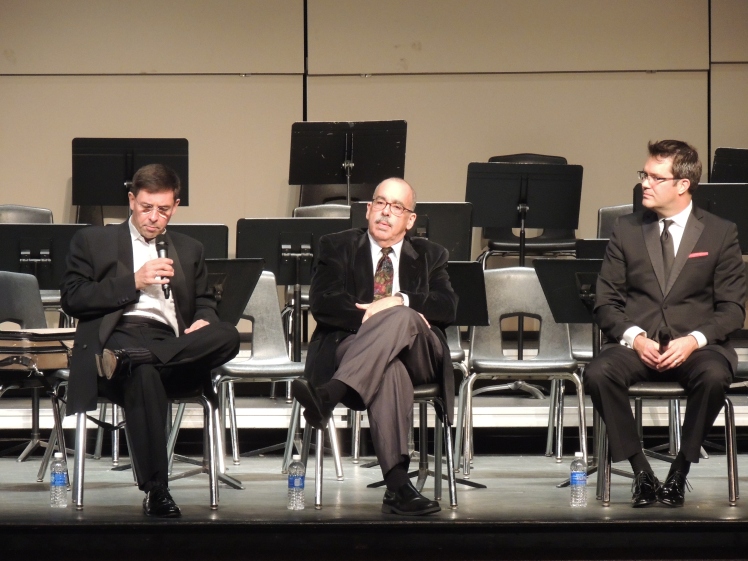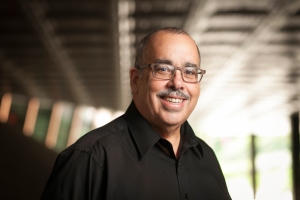excerpts from an interview of Roberto Diaz by John Chacona, exclusively for the ECO, about the creation of Roberto Sierra’s Concerto for Viola

The Roberto Sierra concerto was written for me, but the only part of the composition I was involved in was when I talked to Roberto about the orchestration of the piece. He had written a double concerto for violin, viola and orchestra, which we premiered with the Pittsburgh Symphony Orchestra and also here with the Philadelphia Orchestra. That was a co-commission. I was looking for a piece that didn’t require as big an orchestra, because it gave me the possibility of playing it in more places.
I asked him if it made sense for him to re-orchestrate that piece, but Roberto said, “Why don’t I just write you a whole new piece for the orchestration you’re looking for?”
Do I know more of the ins and outs of the piece than I do, say, the Bartok Viola Concerto? I’d say, yes, absolutely because I had the opportunity to discuss it with the composer himself. Any time you have that opportunity, it adds a whole new level of knowledge and opportunity for discussion and experimentation that you don’t have if you’ve never met the composer.
 I could discuss the character of the music with Roberto. I could ask, “Do you mean this? Do I read it correctly, or does this passage seem more introverted musically? Is this music more improvisatory or do you want me to play the rhythms more as written?” I asked about articulations. “Do you want me to play the slurs exactly as they are written here?” He would answer and tell me to play them the way I wanted them, and he would adjust the score accordingly.
I could discuss the character of the music with Roberto. I could ask, “Do you mean this? Do I read it correctly, or does this passage seem more introverted musically? Is this music more improvisatory or do you want me to play the rhythms more as written?” I asked about articulations. “Do you want me to play the slurs exactly as they are written here?” He would answer and tell me to play them the way I wanted them, and he would adjust the score accordingly.
So, there is a certain level of back and forth. The slow movement is rhapsodic, almost improvised. If you look at the score, it’s very rhythmically complicated, but it looks more menacing on the page than it actually is. You don’t play it exactly as written, but more as a musical intention. And he writes a number of cadenzas for the viola in the piece, so he obviously means to highlight that freedom of spirit that’s so wonderful to have in a concerto.
The piece evolves every time I play it. It gets a little freer and a little tighter in places. Roberto changed things in the orchestration, especially dynamics. He added music at the end. In the history of music, it’s always been like that. Composers will go back to a piece after they hear it and make revisions. I’ve been working on it for a few weeks in preparation for the concert in Erie, and I’m changing things here and there. It’s an ongoing process. You never really say, okay, that was it.
tighter in places. Roberto changed things in the orchestration, especially dynamics. He added music at the end. In the history of music, it’s always been like that. Composers will go back to a piece after they hear it and make revisions. I’ve been working on it for a few weeks in preparation for the concert in Erie, and I’m changing things here and there. It’s an ongoing process. You never really say, okay, that was it.
And that’s the great thing about music. Every performance is the result of the performances that came before it.
See Roberto Diaz in action.